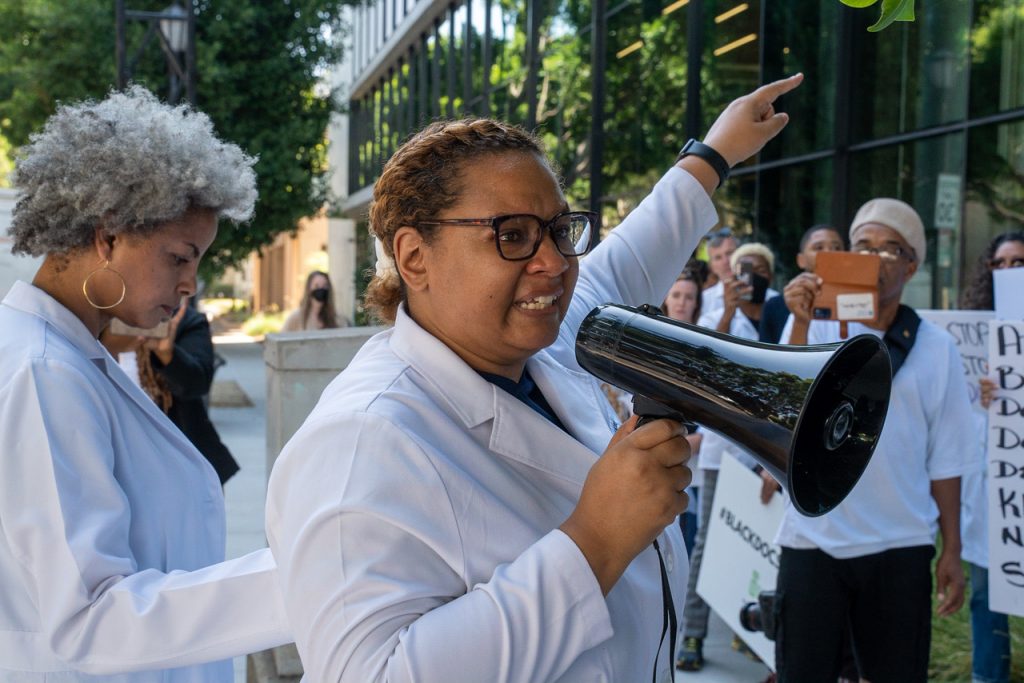American Girl Doll “Tea Party” Gets New Troop for the Girl Scouts
SAN BERNARDINO, CA—- Families—complete with fathers, mothers, grandparents, and lots of daughters—attended the first American Girl Doll Tea Party in three years at Dr. Mildred Dalton Henry Elementary School in San Bernardino. The Girl Scouts was there, and they signed up enough girls to start a new troop.
“Another great success of the American Girl Tea Party included the Girls Scouts of San Gorgonio obtaining enough interest to start a new Girl Scout Troop in the Mt. Vernon area,” says Knea Hawley, Vice President of Development for Girls Scouts of San Gorgonio.
“Girl Scouts is a great way to help girls learn new skills and make friends, but the pandemic has made it difficult for some troops to meet,” says Hawley. “I am thrilled to see the outpouring of support for girls and scouting. We’re grateful to have Girl Scout alumna Ivana Wright, who led a troop before the pandemic, and will lead this new one.
“I am really excited to work with a new group of girls and help them gain life skills, develop their interest in community and champion girls who will make the world a better place,” said Ivana Wright, Girl Scout of the Year 2017.
Foundation President Arlington Rodgers, Jr. says, “The mission of the San Bernardino City Library Foundation is to make sure that our public libraries continue to be places where everyone in the community can gather, learn, grow, and interact. The joining of local girls with The Girl Scouts at a Foundation-sponsored event, is a fine example of how the Library Foundation helps our community do just that.”
The doll collection and the multi-generational American Girl Doll Tea Party are both made possible thanks to the generous support of the people and organizations of San Bernardino including the San Bernardino City Library Foundation.
“The San Bernardino City Library allows children to check out an American Girl Doll kit. It includes ethnically diverse dolls, a carrying case, accessories, a book about the doll and a journal. Children checking out the dolls are encouraged to write about their playing with the dolls in a journal,” said Angela Encinas, Children’s Librarian.
For more information on how to join the new San Bernardino Troop or to start a new Girl Scout troop contact Concetta Miller cmiller@gssgc.org.
For more information on the San Bernardino City Library Foundation go to SBCLF.com
 Westside Story Newspaper – Online The News of The Empire – Sharing the Quest for Excellence
Westside Story Newspaper – Online The News of The Empire – Sharing the Quest for Excellence
